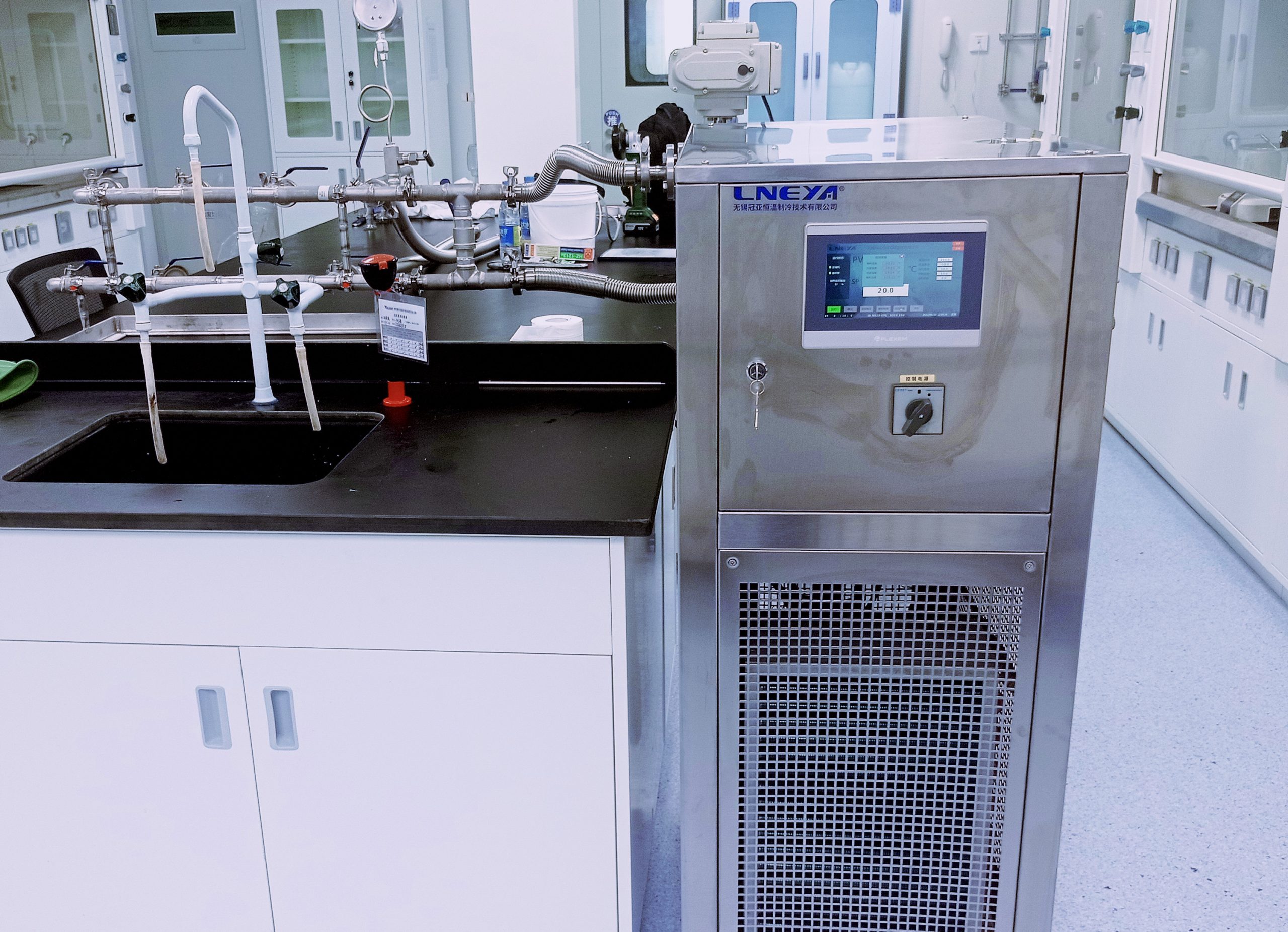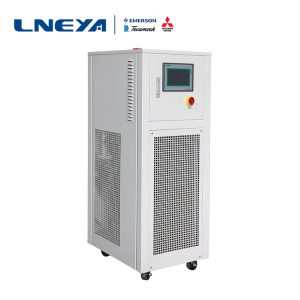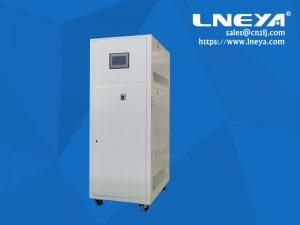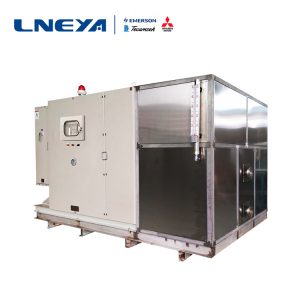There are usually three ways to control the temperature of laboratory reactors

1. Manual control: Manually operate the knob on the front of the reactor controller.
2. Control by PC: The PC and the controller are connected by a network cable, and the operation is carried out on the PC.
3. Controlled by thermostat: Silicone oil is heated through the thermostat, and the thermostat naturally has a temperature control function. Although the thermostat heating limit (usually 250°C) is not as high as that of electric heating (can be as high as 400-500°C), the thermostat rises and falls smoothly, and the low temperature can reach -60/-80°C.
Our LNEYA laboratory reactor temperature control system belongs to the third category. However, the temperature control range is from -120 degrees to 350 degrees. It adopts a fully enclosed pipeline design and a high-efficiency plate heat exchanger, which reduces the demand for heat transfer oil, improves the heat utilization rate of the system, and realizes rapid temperature rise and fall. Continuous temperature control can be achieved in the temperature range of minus 90 degrees to 195 degrees and minus 70 degrees to 220 degrees without pressure.
Jacketed glass reactors are popular in current chemical experiments. The supporting temperature control equipment has also become a matter of widespread concern in the industry. It is known that the cooling and heating temperature in the reaction process has an absolute influence on the reaction process and results. The analysis of the temperature control equipment’s ability to increase and decrease the temperature of the material has become the basic basis for choosing chiller. Then the cooling and heating capacity is not only estimated by imagination and experience, but requires scientific analysis and calculation methods, and needs to calculate the required heating power and cooling power according to the heating rate and cooling rate.
When our technicians communicate with customers, they will first understand the requirements of engineering parameters, such as high and low temperature, how long is the temperature control time, etc., so as to calculate the cooling power and heating power of the chiller required, and determine the available chiller. model, to give customers the most complete temperature control solution. If you also have this need, you can contact us.
Related recommendations
-
Several Big Considerations for Enterprises When Using Heating Coolers
1224In addition to the above-mentioned enterprises, which should arrange for someone to be responsible for the start and stop of refrigerators, switches, and repairs and maintenance. The precautions for the use of refrigerators in enterprises are as f...
View details -
What are the common connection methods for industrial chillers?
1043There are several connection methods for industrial chillers, which are suitable for pipe connection under different conditions. First, welding connectionWelding is the most important and widely used connection method in pipeline engineering. Weld...
View details -
What aspects should be paid attention to when using laboratory cryogenic refrigeration circulators?
988The compact circulating cooler is an economic model for routine laboratory applications. The instrument is cooled in the temperature range of -10 or 0°C to +40°C, and the temperature control accuracy can reach ±0.5°C. It is a good way to replace e...
View details -
Organic waste gas treatment device noise description
1367With the increasingly stringent environmental requirements, various manufacturers have paid more and more attention to their own organic waste gas treatment. LNEYA organic waste gas treatment equipment specializes in the treatment of various organ...
View details
 LNEYA Industrial Chillers Manufacturer Supplier
LNEYA Industrial Chillers Manufacturer Supplier














